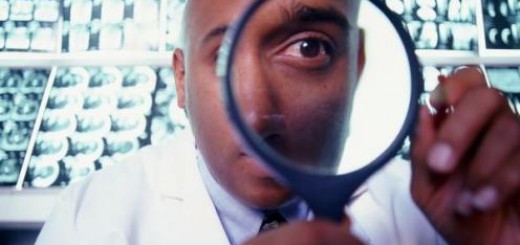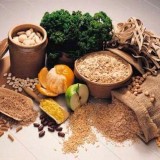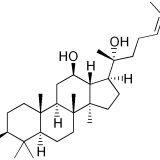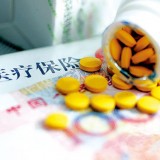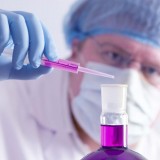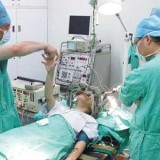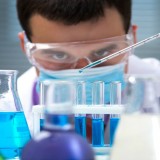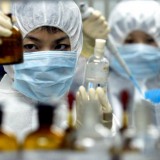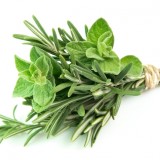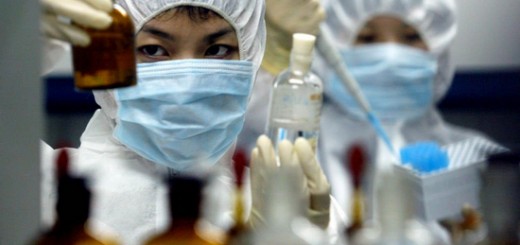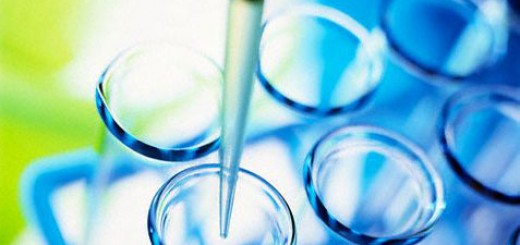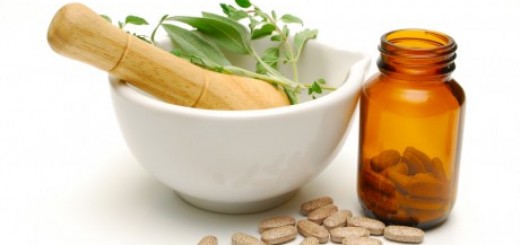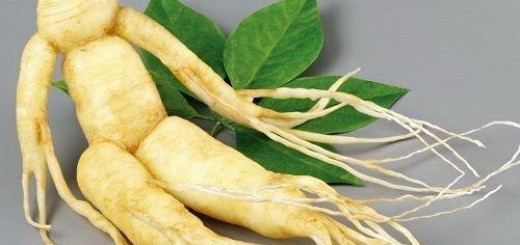In vitro anti-cancer activity and structure-activity relationships of natural products isolated from fruits of Panax ginseng.
PURPOSE: Panax ginseng and its extracts have long been used for medical purposes; there is increasing interest in developing ginseng products as cancer preventive or therapeutic agents. The present study was designed to determine biological structure-activity relationships (SAR) for saponins present in Panax ginseng fruits.
METHODS: Eleven saponins were extracted from P. ginseng fruits and purified by use of D(101) resin and ordinary and reverse-phase silica gel column chromatography. Their chemical structures were elucidated on the basis of physicochemical constants and NMR spectra. Compounds were then evaluated for SAR with their in vitro cytotoxicity against several human cancer cell lines.
RESULTS: The 11 compounds were identified as 20(R)-dammarane-3beta,12beta,20,25-tetrol (25-OH-PPD, 1); 20(R)-dammarane-3beta,6alpha,12beta,20,25-pentol (25-OH-PPT, 2); 20(S)-protopanaxadiol (PPD, 3); daucosterine 4, 20(S)-ginsenoside-Rh(2) (Rh(2), 5); 20(S)-ginsenoside-Rg(3) (Rg(3,) 6); 20(S)-ginsenoside-Rg(2) (Rg(2), 7); 20(S)-ginsenoside-Rg(1) (Rg(1), 8); 20(S)-ginsenoside-Rd (Rd, 9); 20(S)-ginsenoside-Re (Re, 10); and 20(S)-ginsenoside-Rb(1) (Rb(1), 11). Among the eleven compounds, 1, 3 and 5 were the most effective inhibitors of cell growth and proliferation and inducers of apoptosis and cell cycle arrest. For 1, the IC(50) values for most cell lines were in the range of 10-60 microM, at least twofold lower than for any of the other compounds. Compounds 1 and 3 had significant, dose-dependent effects on apoptosis, proliferation, and cell cycle progression .
CONCLUSIONS: The results suggest that the type of dammarane, the number of sugar moieties, and differences in the substituent groups affect their anti-cancer activity. This information may be useful for evaluating the structure/function relationship of other ginsenosides and their aglycones and for development of novel anticancer agents.
Cancer Chemother Pharmacol. 2007 Apr;59(5):589-601















